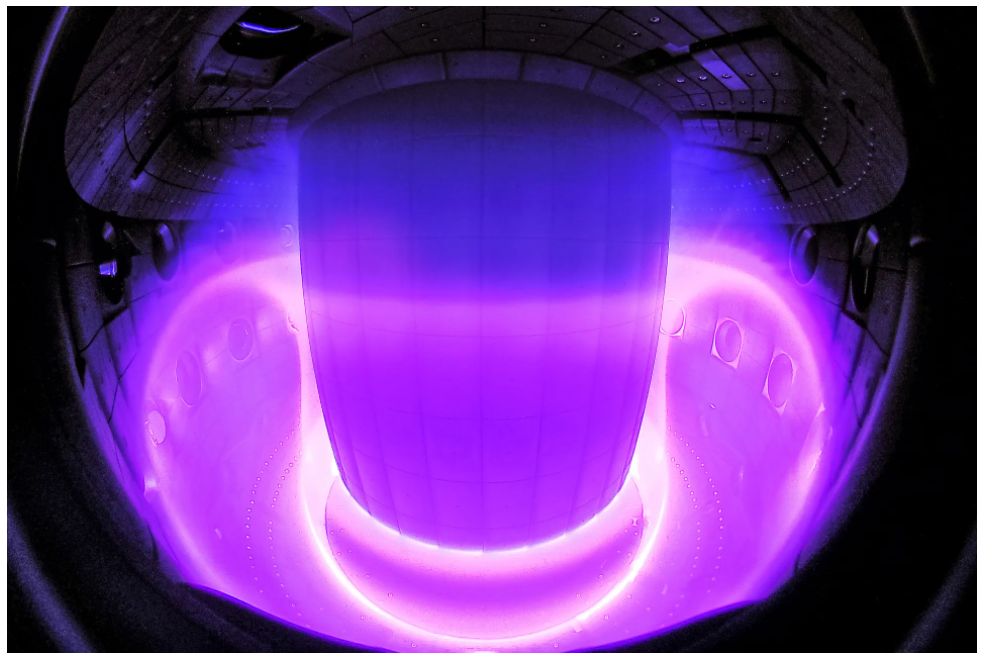“Hydropower has been stirring up controversies since the early 2000s. Despite being promoted as a solution to mitigate climate change, the hydropower bubble burst when researchers discovered in 2005 that hydropower dams are responsible for huge amounts of greenhouse gas emissions.”
“Hydropower dams’ walls restrict the flow of rivers and turn them into pools of stagnant water. As these reservoirs age, organic matter like algal biomass and aquatic plants accumulates and eventually decomposes and sinks. That oxygen-poor environment stimulates methane production. “
“Reservoir surfaces and turbines then release methane into the atmosphere. Methane makes up approximately 80 percent of the greenhouse gases emitted from hydropower dams, peaking in the first decade of the dams lifecycle.”
“To identify environmentally-friendly sites for new hydropower dams, the 2019 team harnessed data from a sophisticated computational model that uses artificial intelligence (AI). They observed that lowland dams in Brazil (a predominantly lowland country) tend to have large reservoir areas which yield significantly higher carbon intensities. The Brazilian Amazon has the highest number of carbon-intensive dams as compared to the mountainous parts of Bolivia, Ecuador, and Peru. Higher elevation and steep topography, they found, make for less carbon-intensive hydropower.”
“In a recent study published in the journal Science last week, a team of researchers utilized AI to scale the Amazon basin. They found that uncoordinated hydropower expansion resulted in forgone ecosystem benefits. Additionally, effective dam arrangements in other locations could generate four times more power.”
“‘AI is being used by Wall Street, by social media, for all kinds of purposes – why not use AI to tackle serious problems like sustainability?’ study author Carla Gomes, a computer scientist at Cornell University, said in a press release.”











